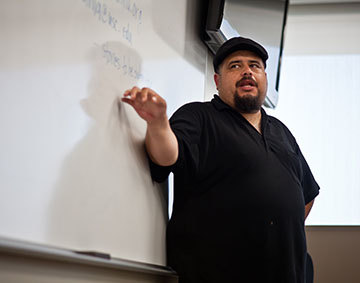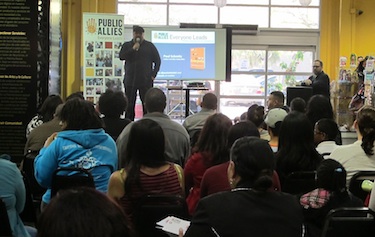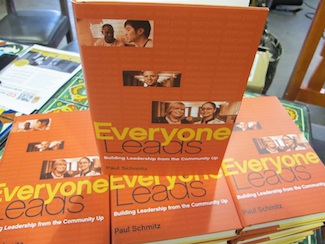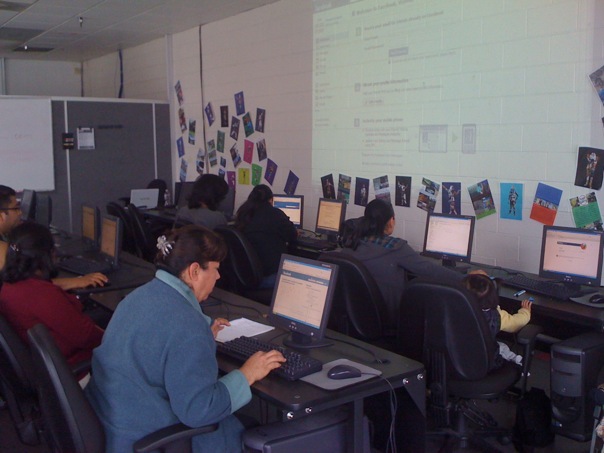
Benjamin Torres, President and CEO of CDTech.
Founded in 1995, Community Development Technologies Center is a nationally recognized nonprofit organization dedicated to promoting economic opportunities and justice for low-income residents and communities throughout Greater Los Angeles.
CDTech innovative programs throughout the years include the creation of the nation’s first employer-based Individual Development Account (IDA) program, a degree program in mortgage lending, co-developed the first community organizing academy that provides community college credits in the state of CA, and created the nation’s first community college degree and skills program in community development and planning that they teach at LA Trade Tech Community College in South LA.
Benjamin, who has worked in South LA for 15 years, sees CD Tech’s work within LATTC “because LA Trade Tech college is underutilized and that’s why we have chosen to have our community planning program strategically be here. We wanted to create access for the local residents so that they can engage in education and training around concepts of civic engagement, community transformation, skill-building, and community development.”
Establecido en 1995, CD Tech es una organización reconocida a nivel nacional que se dedica a la promoción de oportunidades económicas y la justicia para residentes de bajos ingresos en comunidades de todo Los Ángeles. Sus programas incluyen una academia de organización comunitaria que ofrece créditos de colegio comunitario.









 As part of its ongoing efforts to build leadership within the community, Public Allies Los Angeles hosted an event yesterday at Mercado La Paloma promoting the work of organizer Paul Schmitz. The author of “Everyone Leads: Building Leadership from the Community Up” and the national CEO of Public Allies, spoke to a crowd of about 50 people interested in creating positive change within their community.
As part of its ongoing efforts to build leadership within the community, Public Allies Los Angeles hosted an event yesterday at Mercado La Paloma promoting the work of organizer Paul Schmitz. The author of “Everyone Leads: Building Leadership from the Community Up” and the national CEO of Public Allies, spoke to a crowd of about 50 people interested in creating positive change within their community. “Everyone Leads” is Schmitz’s first book. His focus is not on how to lead organizations, but about how to lead communities. Throughout the course of his presentation, he spoke about the importance of civic participation, community building and leadership, guiding the audience through some exercises.
“Everyone Leads” is Schmitz’s first book. His focus is not on how to lead organizations, but about how to lead communities. Throughout the course of his presentation, he spoke about the importance of civic participation, community building and leadership, guiding the audience through some exercises.  The battery pack supplying this digital shift is people and organizations highly invested in the community, like Arguello and Community Development Technologies (
The battery pack supplying this digital shift is people and organizations highly invested in the community, like Arguello and Community Development Technologies ( Originally the Carver students came to the CDTech due to a lack of computers available at the school, Celidon said. But through youth workshop training, CDTech was able to refurbish 110 computers at the Los Angeles Unified School District warehouse and provide them to Carver.
Originally the Carver students came to the CDTech due to a lack of computers available at the school, Celidon said. But through youth workshop training, CDTech was able to refurbish 110 computers at the Los Angeles Unified School District warehouse and provide them to Carver. 




